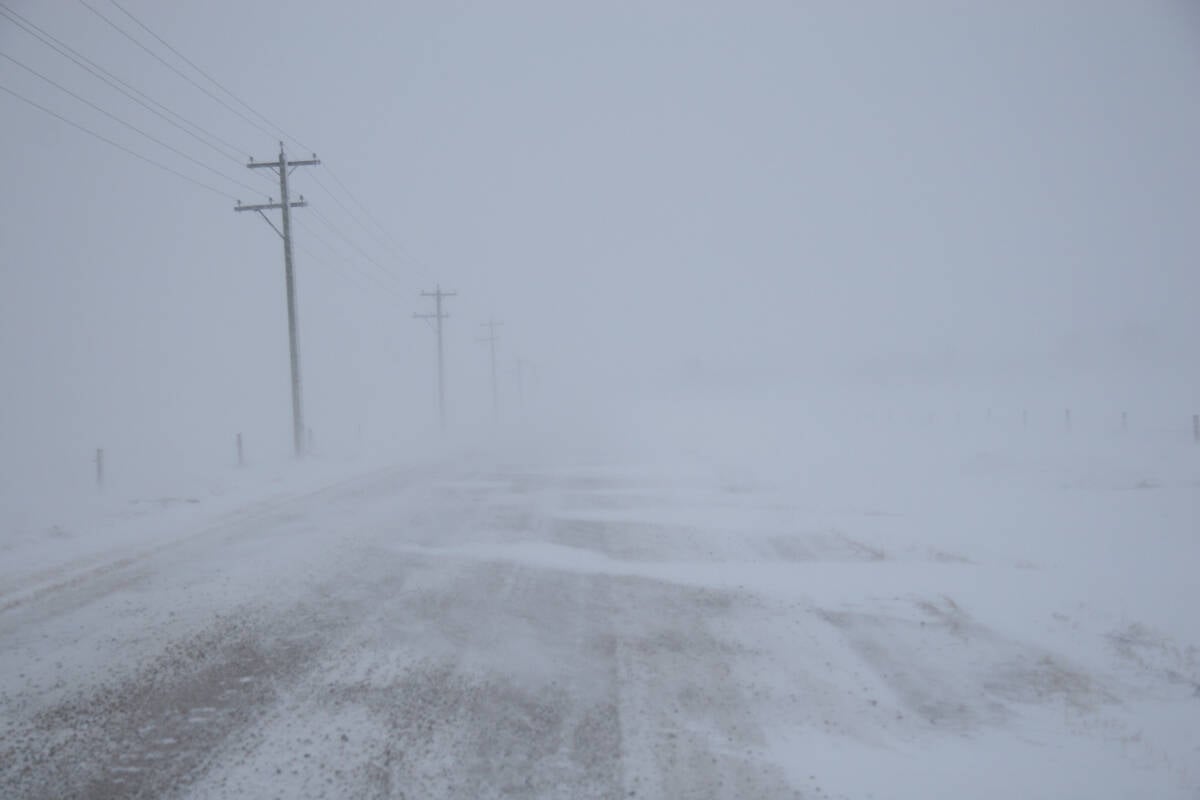Plants not traditionally viewed as forages might be excellent for late season grazing, according to research at the Semi-arid Prairie Agricultural Research Centre in Swift Current, Sask.
Native shrubs, once ignored by forage researchers, are earning new respect for fall grazing of beef cattle in the drier parts of the prairies. Research at Swift Current and other locations showed that native woody shrubs retain their nutritional value well into the fall.
Winterfat (Eurotia lanata or Ceratoides lanata) and Nuttall’s saltbush (Atriplex nuttallii) are native shrubs found in southwest Saskatchewan and southeast Alberta.
Read Also

Volatile temperatures expected for this winter
DTN is forecasting a lot of temperature variability in the Canadian Prairies this winter. Precipitation should be close to average.
Prairie pioneers recognized the feed value of winterfat, hence its name. Winterfat plants collected from native sites in Saskatchewan had crude protein values of 11.5 percent between August and December. In contrast, native grasses had 6.2 percent crude protein during this period. Both shrubs have shown higher protein and phosphorus content than native grasses. This research was jointly conducted by the Swift Current station and the Saskatchewan Stock Growers Association.
Historical records suggest both species were once more common in the native prairie landscape. Their numbers were probably reduced by season-long stocking that allows cattle to selectively graze these preferred species, reducing forage production and plant survival.
Rotational grazing will allow these plants to recover and improve carrying capacity of the pastures and quality of native pastures.
Winterfat and saltbush have shown tolerance of soil salinity and may have a role in regrassing land that is marginal for annual cropping.
Improvements likely
Research on seeding and harvesting of the plants’ fluffy, wind-blown seed will help future cattle producers exploit its feed value in a low-cost, sustainable and environmentally sound beef production system.
Other research projects in the works include development of a potential winterfat ecovar, seeding and harvesting technologies, appropriate production mixes for sustainability and positive environmental impact and study of winterfat seedling physiology.
Other potential native species are also being screened for future contributions to grassland biodiversity and sustainable production.














